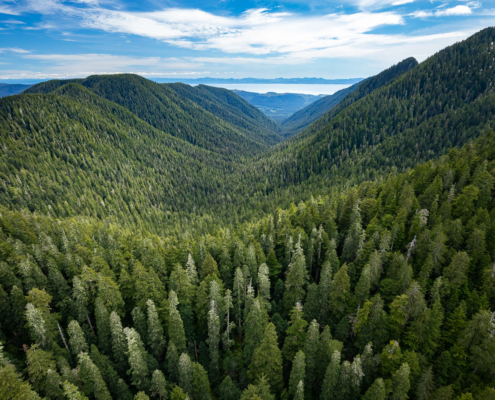
Photos: Fairy Creek From Above
The emerald-green ancient forests of the Fairy Creek Valley in Pacheedaht territory from above. Last week we took to the skies to document old-growth forests and logging across the west coast of Vancouver Island and, when you’re in the air, it’s clear just how incredibly rare a sight this is - a roadless valley free from clearcuts. But how long will it remain that way?
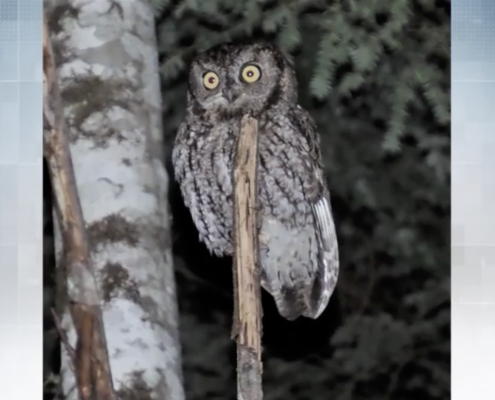
Professor finds more threatened owls and birds in Fairy Creek region, province sending biologists
Chek News - Western Screech Owls, which are protected under Canada's Species at Risk Act, have been spotted in the Caycuse and Fairy Creek Valleys, putting even more pressure on governments to intervene to stop old-growth logging in these areas.
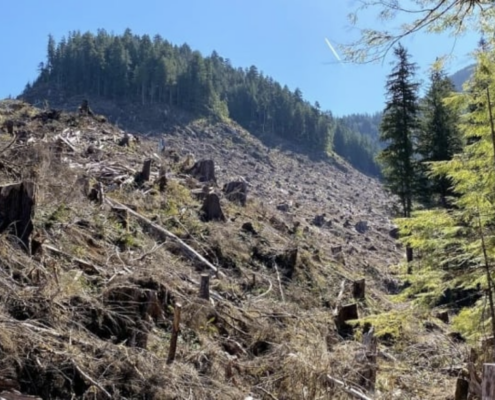
Additional logging deferrals expected this summer, says forestry minister
CBC British Columbia - Critics of the plan have expressed concern that deferrals were not being made soon enough — that old-growth is being logged right now, and said these actions need to be taken immediately.

Five ways BC’s new forestry plan sets the stage for more old-growth conflict
The Narwhal - In the midst of escalating protests over logging, Horgan released an intentions paper on Tuesday that critics say fails to implement any immediate solutions
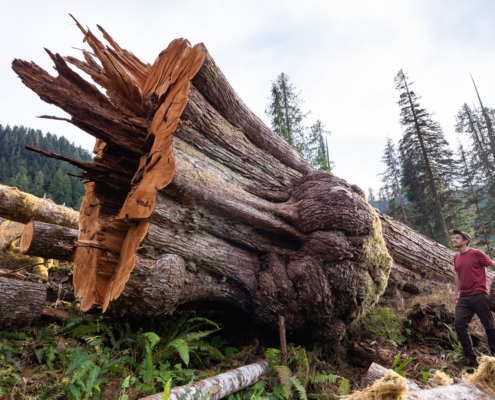
BC government’s forestry announcement fails to address old-growth crisis
The AFA reacts to the BC government's forest policy intention paper, released June 1, 2021, which fails to address the ongoing old-growth crisis.
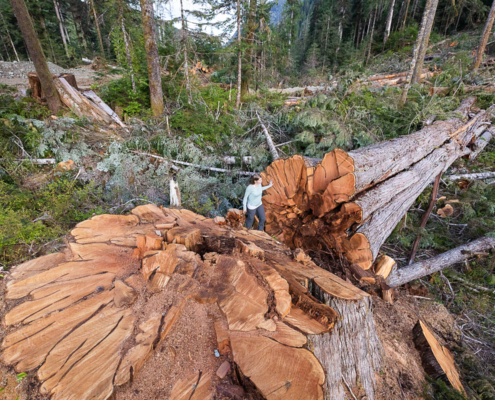
Politicians, environmentalists, industry divided on B.C.’s forestry plan
CBC British Columbia - After weeks of arrests and attempts to block old growth logging on Vancouver Island, the province's anticipated forestry announcement proved to be a disappointment Tuesday to protesters and environmentalists.
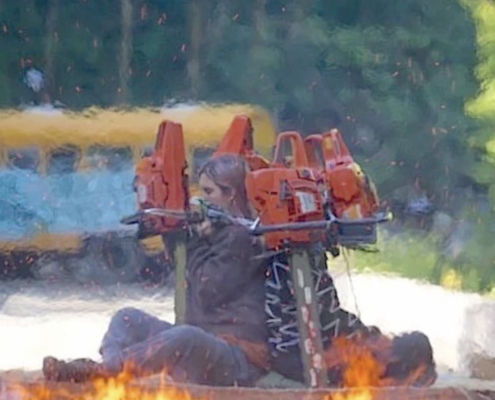
BC premier’s new forestry plan adds fuel to old-growth fire
National Observer - Environmental groups already riled by the pace of protections for ancient forests in BC were further provoked after the province failed to announce any new old-growth logging deferrals in its new vision for forestry Tuesday.
